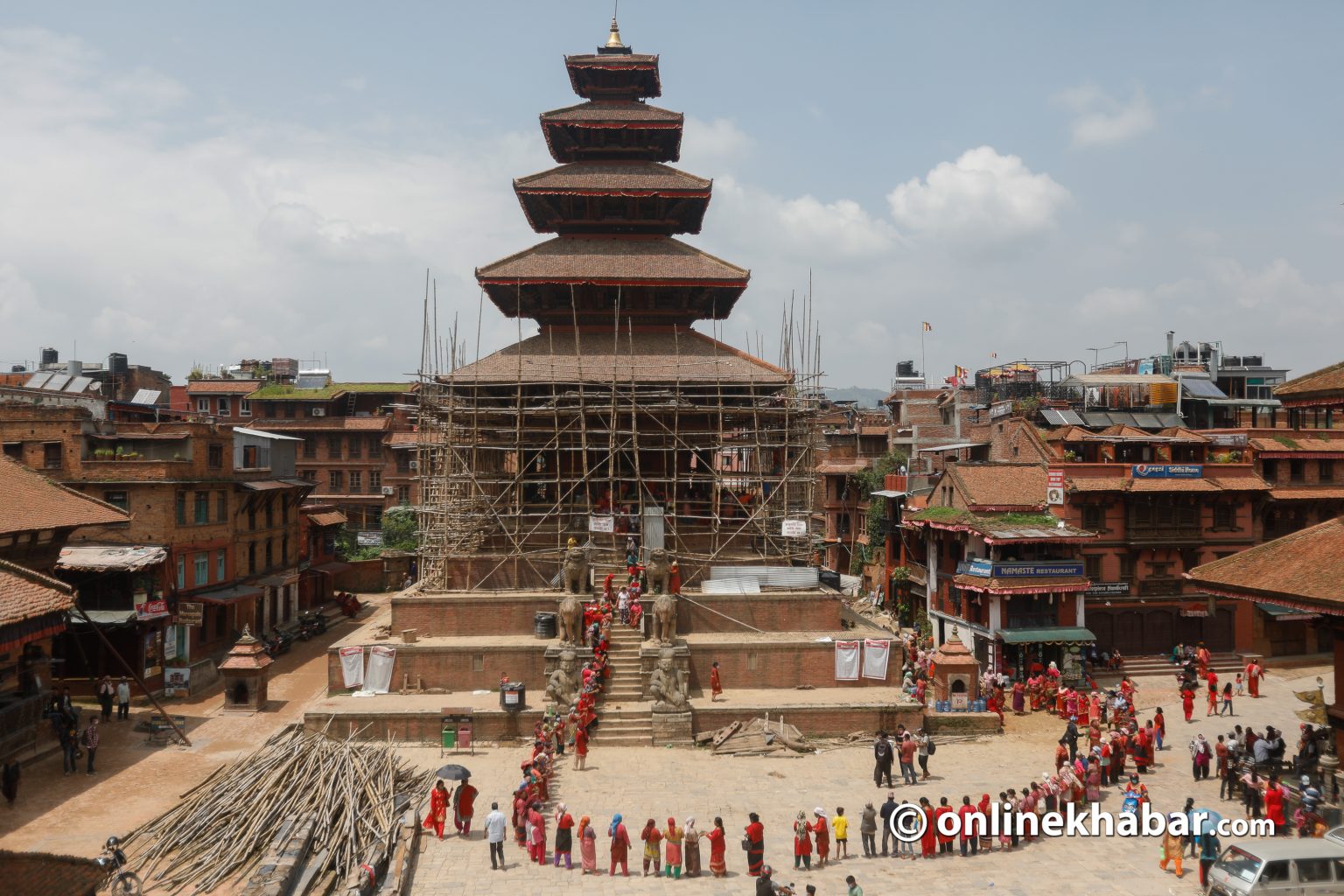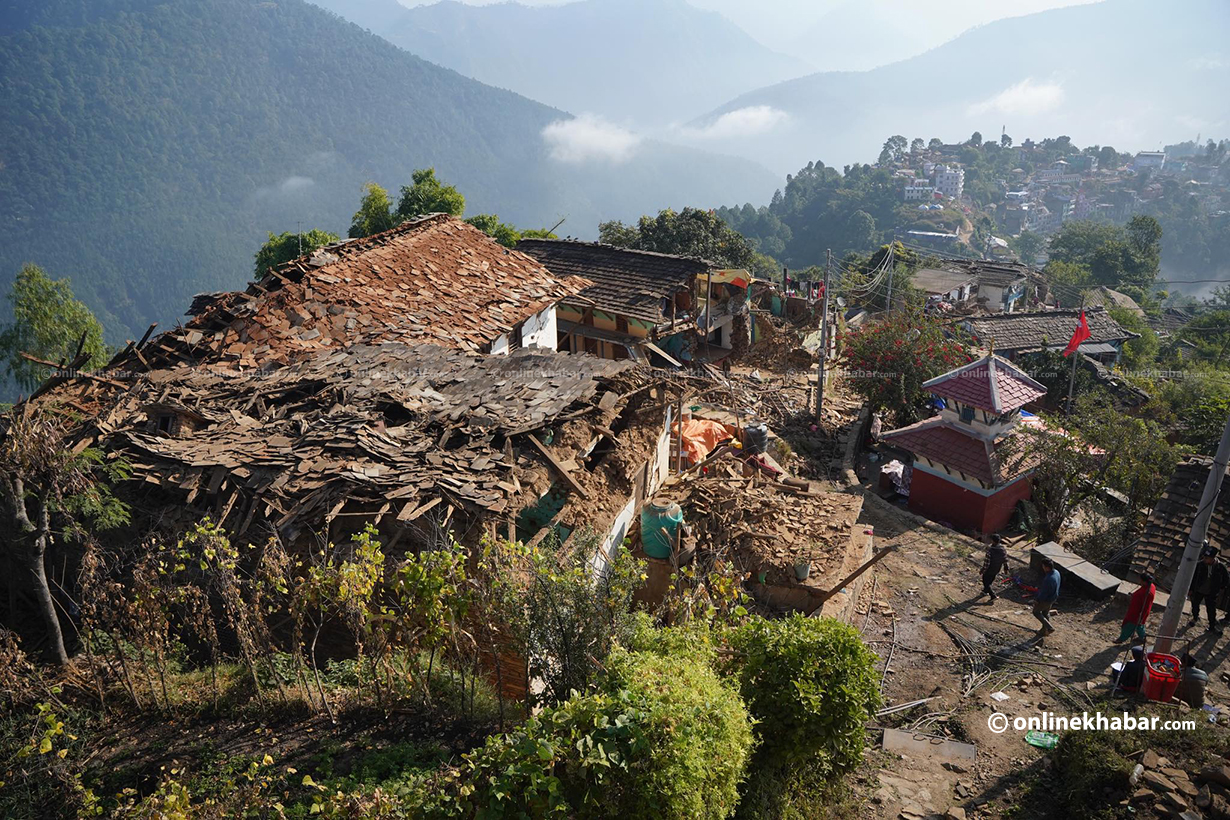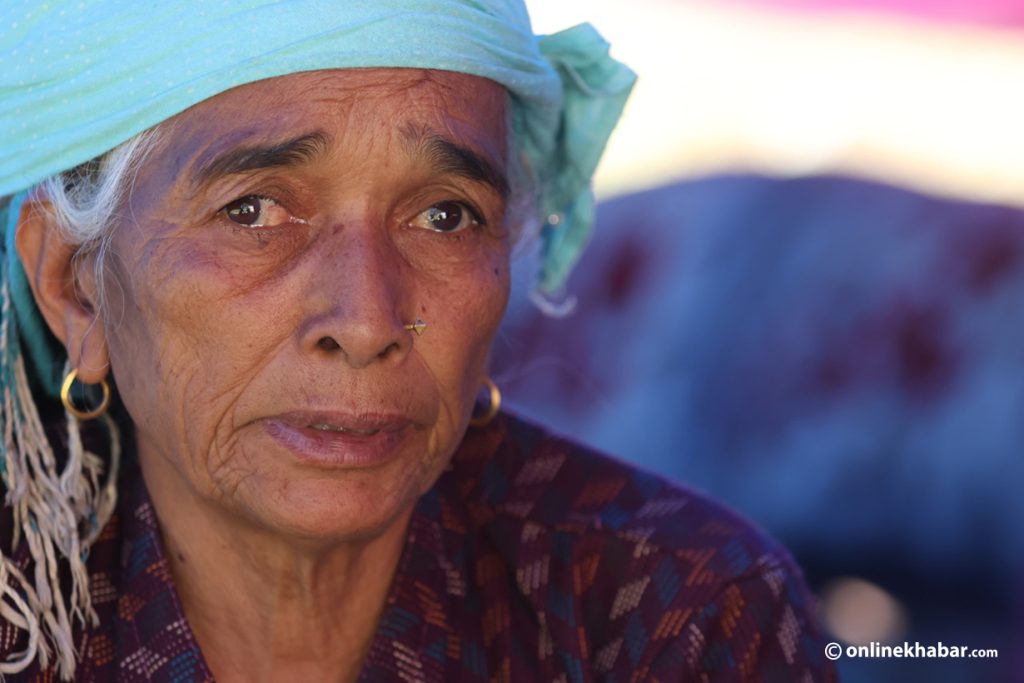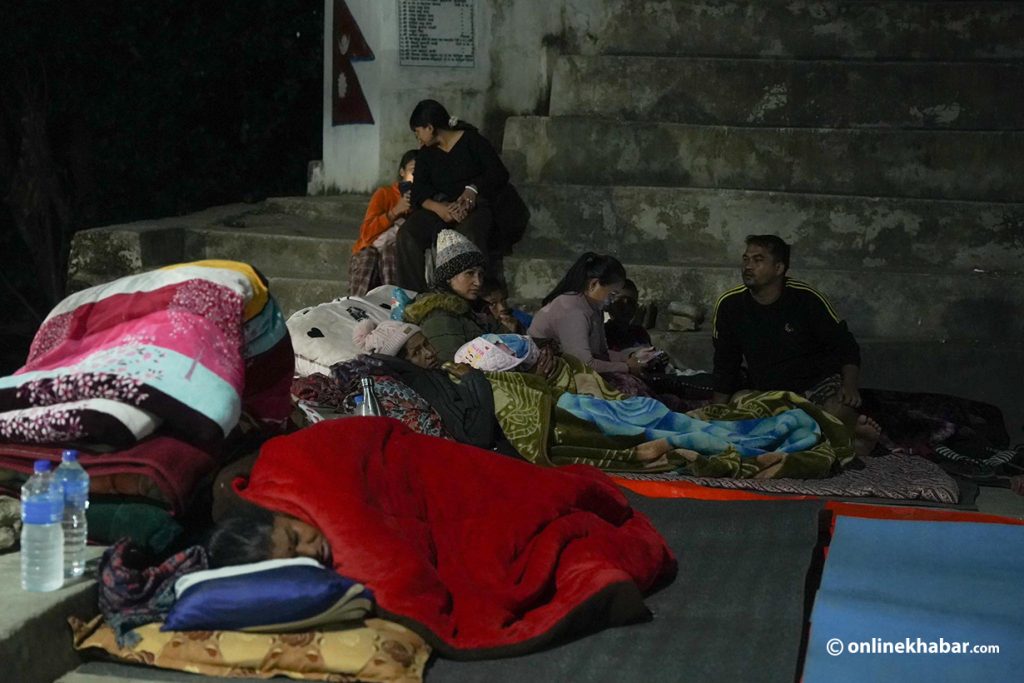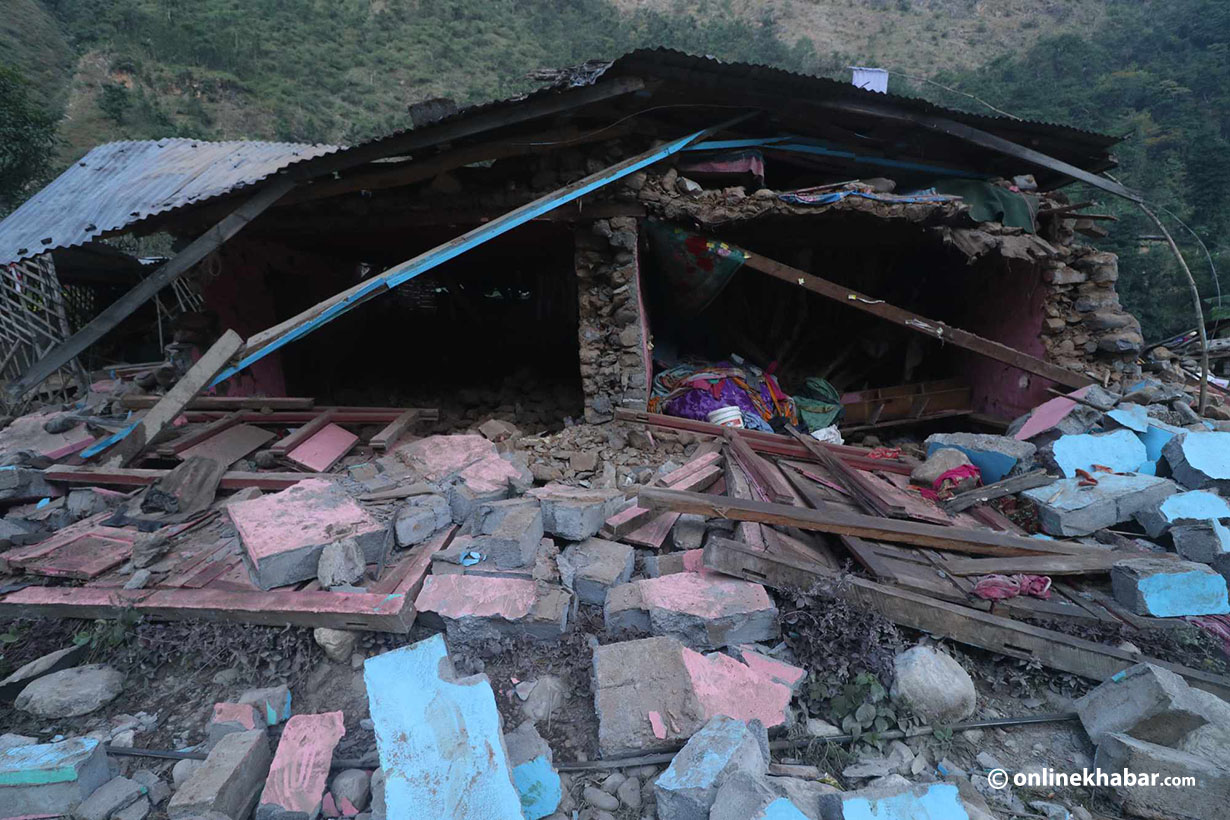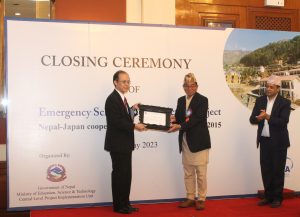The 2015 earthquake in Nepal destroyed 891 monuments and places of the cultural heritage of different sizes. Six years on, around two-thirds of them still await reconstruction whereas many of the others have been completely rebuilt and some under the process.
When one looks back at the reconstruction of heritage sites, properties built by locals themselves via their consumer committees have proven to be more substantial and faster than those handled by commercial contractors.
Continuous controversies
In terms of responsibilities, the heritage reconstruction of the Kathmandu valley has been divided into three levels: funded by foreign donors, funded and led by either of the two government agencies (National Reconstruction Authority and Department of Archaeology) and led by local governments or local people.
Most of the projects to be constructed under the help of the foreign donors have not been rebuilt while all projects under the local consumer committee have been completed well. Likewise, the local representatives are of the view that projects under the NRA and the DoA involved unnecessary expenses and controversies.
Some examples include the reconstruction of the Gaddi Baithak in the Basantapur Durbar area of Kathmandu under the DoA with a budget of USD 700,000 from the US Ambassador’s Fund for Cultural Preservation. When the construction got completed, people noticed changes regarding how the design, supposedly similar to British flags, were changed and it gave rise to a controversy.
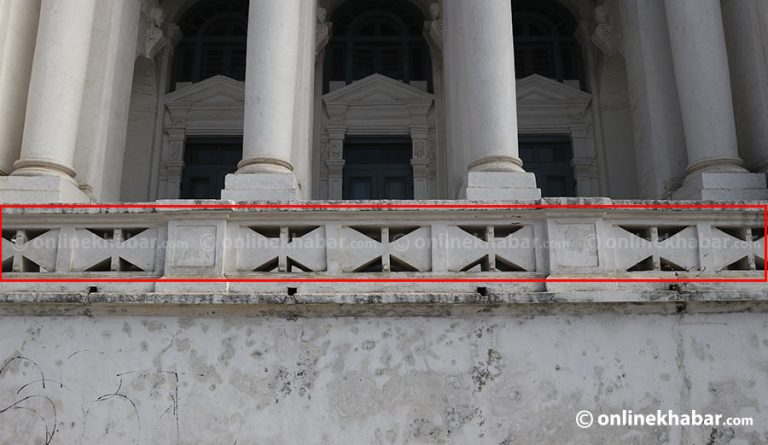
Meanwhile, some reconstruction projects given to the contractors have not even started yet, including the reconstruction of Jaya Bageshwari temple in Kathmandu, Yaksheshwar temple in Bhaktapur and Degu Taleju temple in Patan. Jaya Bageshwari is facing delay due to differences among stakeholders regarding reconstruction with the contractor, just like in Ranipokhari.
The agreement with the contractor expired a few days ago but has not been renewed, informs Narottam Baidya, a member of the provincial parliament representing the constituency. According to him, there was a dispute regarding the originality of the monument being destroyed by the contractor.
Based on the Ancient Monuments Protection Act, the change is illegal. However, it turned out that the DoA also wanted to keep this change in the hush. This is one example of structural changes that were made and noticed. But, it is not clear how many such structural changes were made without notice.
When disputes arose over the reconstruction of the Rato Machhidranath temple started with the help of the Sri Lankan government, the contractor left the work incomplete and unattended. The reconstruction project was launched by Prime Minister KP Sharma Oli on January 20, 2016.
Citing that the contractors used inferior goods, the consumers’ committee started reconstruction from the first floor in June/July 2020. The committee’s secretary Madhukar Tuladhar says that the work is being done at a fast pace and will be complete very soon.
Apart from this, the Indian government committed to the reconstruction of Ratnakar Mahavihar, Napichandra Mahavihar, Gopichandra Mahavihar, Patan Purano Adalat Bhawan, Jestha Varna Mahavihar and Juhitol Mahavihar in Lalitpur. Japan has taken responsibility for the reconstruction of the Degu Taleju temple. But, they have not been rebuilt.
Therefore, Lalitpur Mayor Chiribabu Maharjan says he has been stressing not to implement the contracting practice and the provisions of the Public Procurement Act in heritage reconstruction.
Secretary Tuladhar also says that the practice of contracting in the heritage reconstruction with the aim of profit destroys the heritage.
In favour of public contribution

The 2015 earthquake had completely damaged 121 heritage sites, including the UNESCO World Heritage sites.
There were long-running controversies over the reconstruction of the Ranipokhari. It was a topic of discussion across the country as it attracted national attention. The construction has been completed now, not by the contractor but by the locals.
The reconstruction of the Nyatpola temple in Bhaktapur was completed through the consumer committee in July last year. According to the Bhaktapur municipality, 4,165 people volunteered to work on the construction of the temple, saving millions of rupees. After the stakeholders from different communities came together to request the completion of work through the consumer committee, their request was heeded.
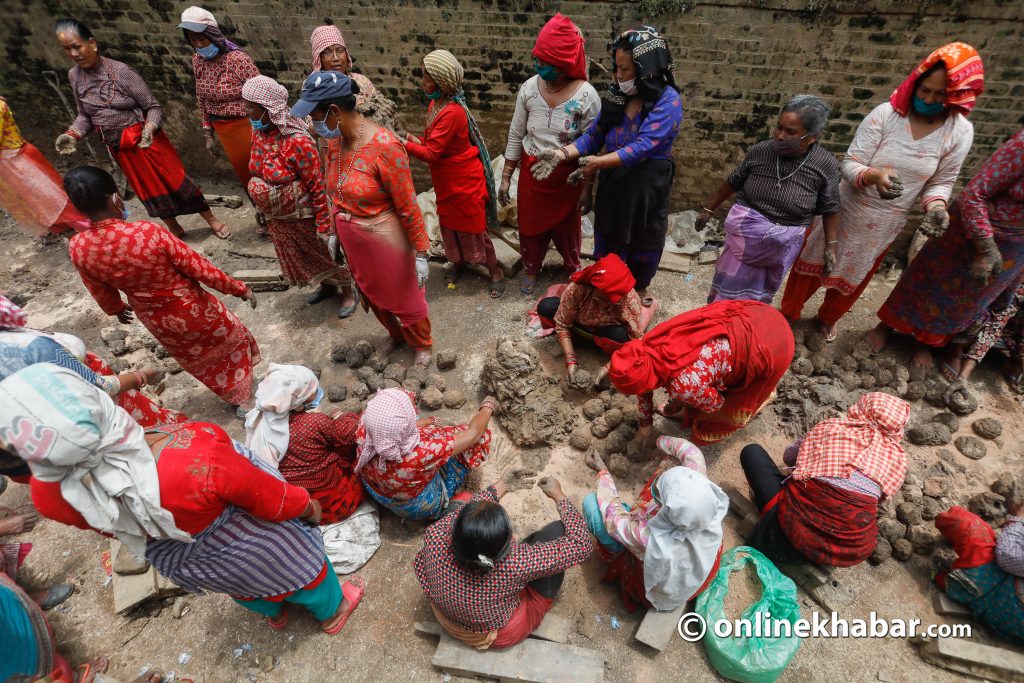
This encouraged many others to adopt the model of public labour in the other heritage reconstruction projects. But, Kathmandu and Lalitpur metropolitan cities have not been able to follow this.
In Kathmandu, many heritage sites were constructed through consumer committees, but the model of public labour contribution could not be adopted. Although similar attempts were made during the Rato Machhindranath temple reconstruction, it was not as effective as in Bhaktapur.
The Department of Heritage and Tourism (DoHT) under the Kathmandu metropolitan city has not been able to compile a complete list of the completed heritage reconstruction projects in the city. According to the incomplete list, three-fourths of the total reconstructed properties have been led by the consumer committees, but with zero public labour contribution.
According to Archana Shakya, the head of the DoTH, the model of people’s labour has not been effective because skilled human resources have to be brought from Bhaktapur and Lalitpur.
But, in some cases, the work has not been completed on time due to various disputes. At present, more than five dozens large and medium-scale heritage reconstruction projects have been completed in Kathmandu.
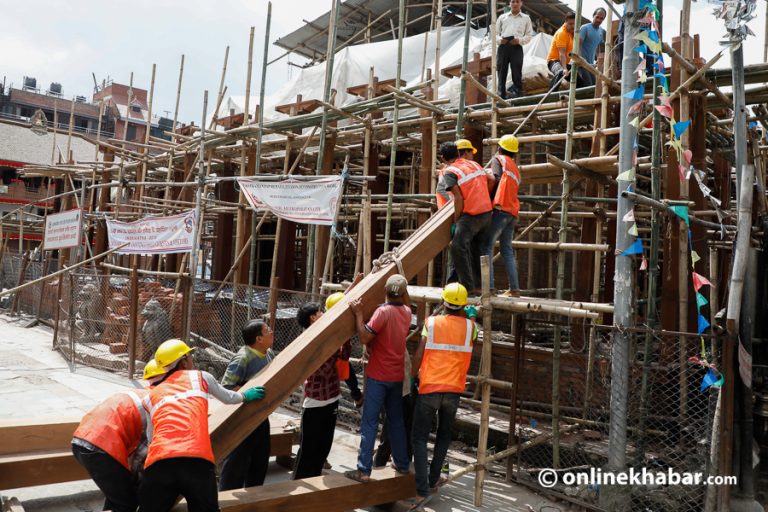
According to the Lalitpur metropolitan city, only half of the destroyed heritage sites have been reconstructed and about 40 have been partially completed.
According to Rudra Adhikari, the chief of the heritage department of the municipality, all the structures constructed by the city have been constructed under the consumer committee model.
Officials from the DoA also say they prefer the model of local initiatives to contracting the projects to commercial contractors.
Bhaktapur municipality informs that more than 140 structures such as temples, sattals and stone spouts have been reconstructed after the election of local people’s representatives in 2017. None of them was rebuilt through contractors.
According to Bhaktapur Mayor Sunil Prajapati, his city has adopted the consumer committee model from the very beginning to minimise the cost, maintain the quality and the risk of construction of temples against the faith of the locals. He shares his confidence that quality work can be ensured if the reconstruction is done by the consumers’ committees.
The consumers’ committee constructing the Rato Machhindranath temple in Bungamati says 25 types of bricks will be used to build the 70-foot-tall temple. According to Madhukar Tuladhar, the committee’s secretary, it took two months to use just one type of brick. When rebuilding an old temple, one has to maintain the old structure, he says.
Due to the problems such as not getting the required goods on time and the longer time needed to use the old technology, the contractors use new materials. Hence, compromising on the originality of the heritage.
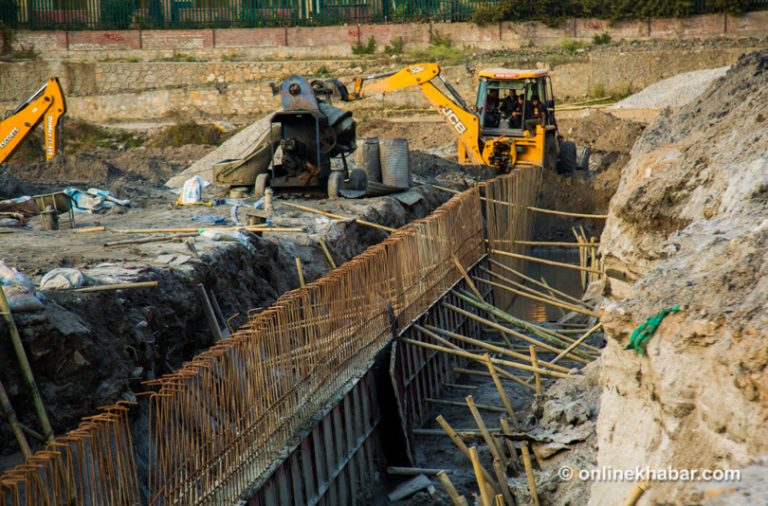
Advantages of consumer committee model
The temples of Bhaktapur are a vivid example of how the cost of reconstruction can be reduced by following the consumer committee model. This has been confirmed in the reconstruction of temples in Lalitpur and Kathmandu as well.
According to Damodar Suwal, the administration officer of Bhaktapur municipality, the reconstruction of 140 heritage sites did not cost more than the estimated cost. He adds that the main reason that reduces the cost is labour contribution by the locals.
The reconstructed Bhairavnath temple in Bhaktapur was completed in about six months. Much of its work was done by 2,000 locals through labour donation, one person from one household working one day, spending only Rs 5.66 million out of the allocated Rs 14.63 million.
Similarly, the reconstruction of Ganesh Dyo Chhen in Lalachen, Bhaktapur, was estimated to cost Rs. 1.14 million but only Rs 659,000 was spent upon its completion in six months. The Siddhi Ganesh temple in Bhaktapur is another example that spent Rs 600,000 out of the estimated cost, Rs 1.3 million, for its reconstruction.
Among the temples that have been completed at half the estimated cost are Bhimsen Temple and Kedarnath Temple. For Bhimsen temple, Rs 900,920 was spent out of the estimated cost of Rs 1.8 million. Meanwhile, for the Kedarnath temple, Rs 39.16 million was spent out of the estimated Rs 72.63 million.
The contractor model shows that the construction has been completed with the help of a few workers and compromising on quality. Therefore, the model of building with public participation is considered to be more effective.



